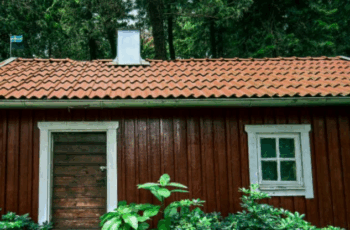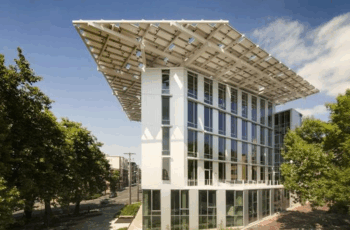
Log cabins are enjoying a modern revival as people increasingly seek sustainable living combined with natural beauty. While they keep their timeless charm, today’s log cabins are evolving through new technologies and design trends, opening up exciting possibilities for future homes.
1. The Rise of Sustainable Materials
Looking ahead, log cabins will make greater use of sustainable materials. Beyond traditional local timber, builders are turning to reclaimed wood and eco-friendly alternatives like bamboo and other fast-growing plants that have a smaller environmental footprint. Advances in insulation materials also mean these cabins will be more energy-efficient—better able to keep the cold out and the warmth in, reducing energy use year-round.
2. Integration of Smart Home Technology
Smart home tech is increasingly becoming part of the log cabin experience. Intelligent temperature controls can learn daily routines and adjust heating or cooling automatically to maximize comfort while saving energy. Likewise, smart lighting systems can adapt brightness to natural light levels throughout the day, creating a more pleasant atmosphere while being energy-conscious.
3. Open Design and Multifunctional Spaces
Future log cabins favor open layouts that make spaces feel larger and more flexible. With movable partitions and modular furniture, residents can easily change room configurations as their needs shift. For example, combining the kitchen and living room areas encourages social interaction and creates a warm, inviting environment. Multifunctional spaces are on the rise too, like hidden desks tucked away in living rooms to support remote work without sacrificing style or space.
4. Fusion of Natural Elements
Designers are pushing for even stronger connections between log cabins and their natural surroundings. Large windows, skylights, and spacious terraces bring in natural light and fresh air, helping residents feel more connected to the outdoors. This approach not only enhances comfort but also improves overall wellbeing by blurring the line between inside and outside.
5. A Real-Life Example
Take the case of a young couple who built a log cabin nestled in the mountains. Working closely with their designer, they combined eco-friendly materials with smart technology: solar panels on the roof power the home, while high-performance insulation keeps temperatures comfortable throughout the year. The smart system adjusts indoor climate automatically based on weather, and the open-plan design fits their active social lifestyle perfectly.
Conclusion
The future of log cabins is bright, blending sustainability, cutting-edge technology, and thoughtful design to create homes that are functional, beautiful, and deeply connected to nature. As more people prioritize eco-conscious living and quality of life, log cabins are poised to become icons of modern, mindful living—places where tradition meets innovation in perfect harmony.


